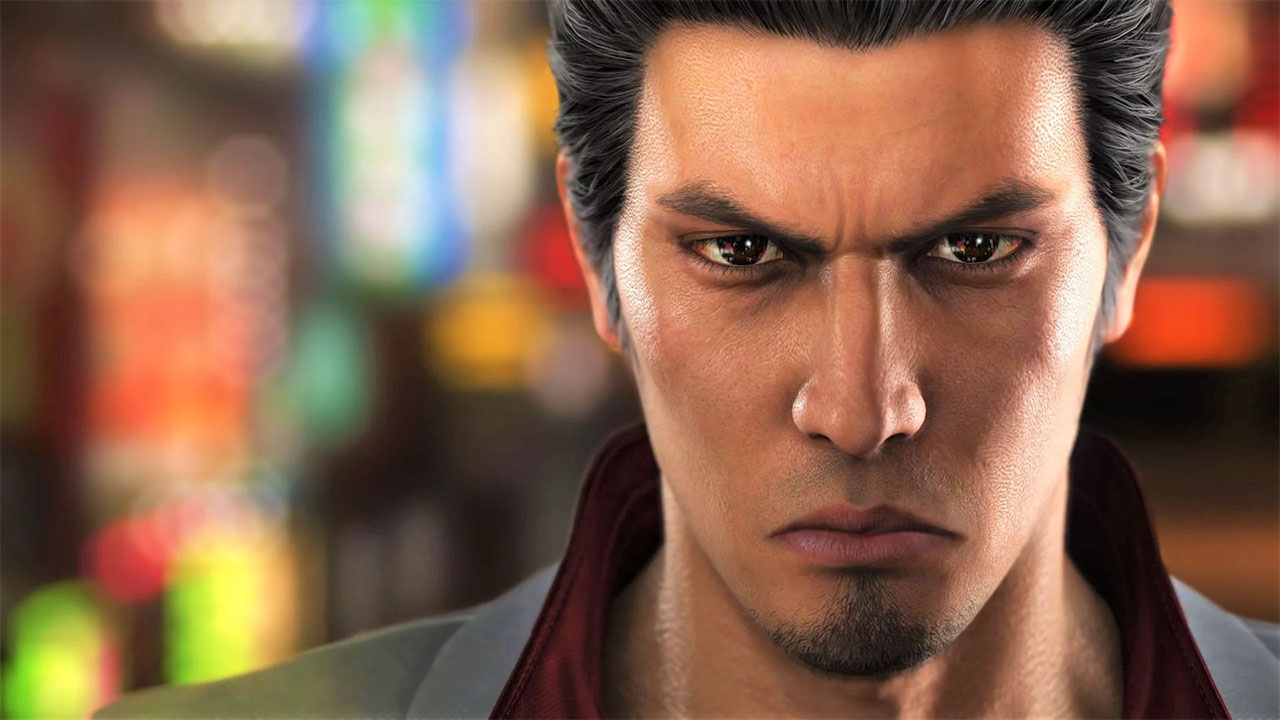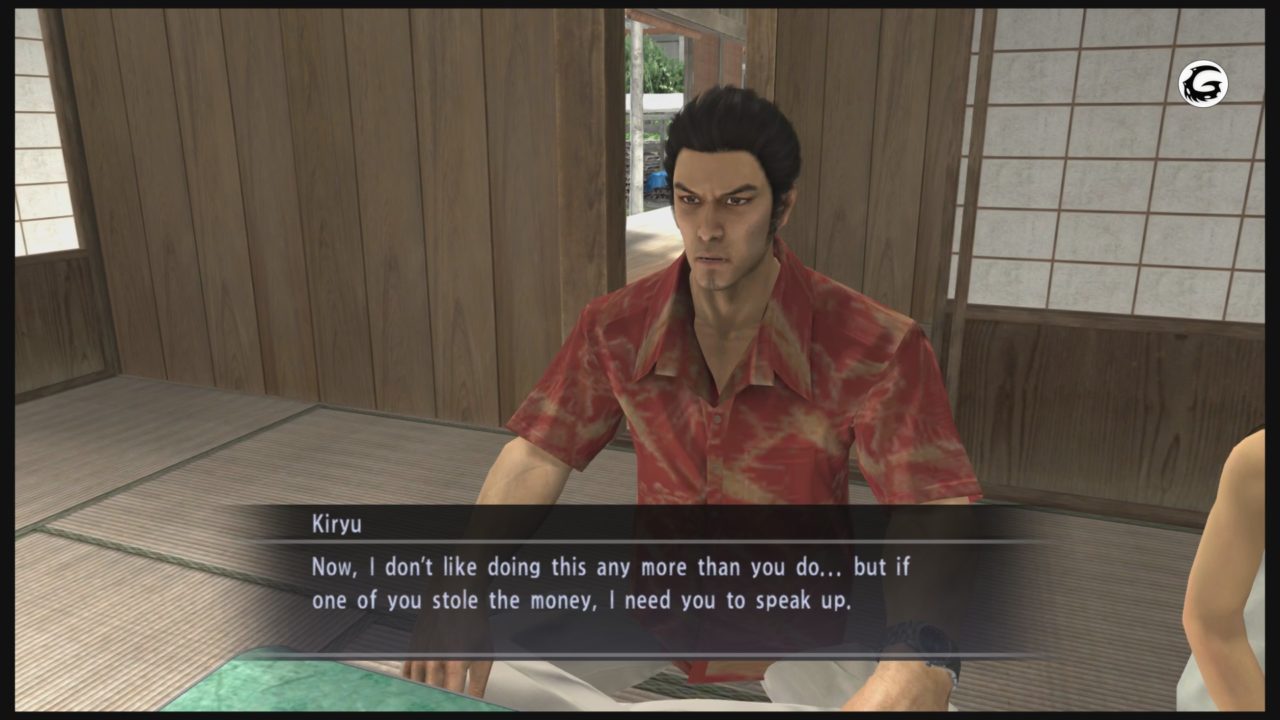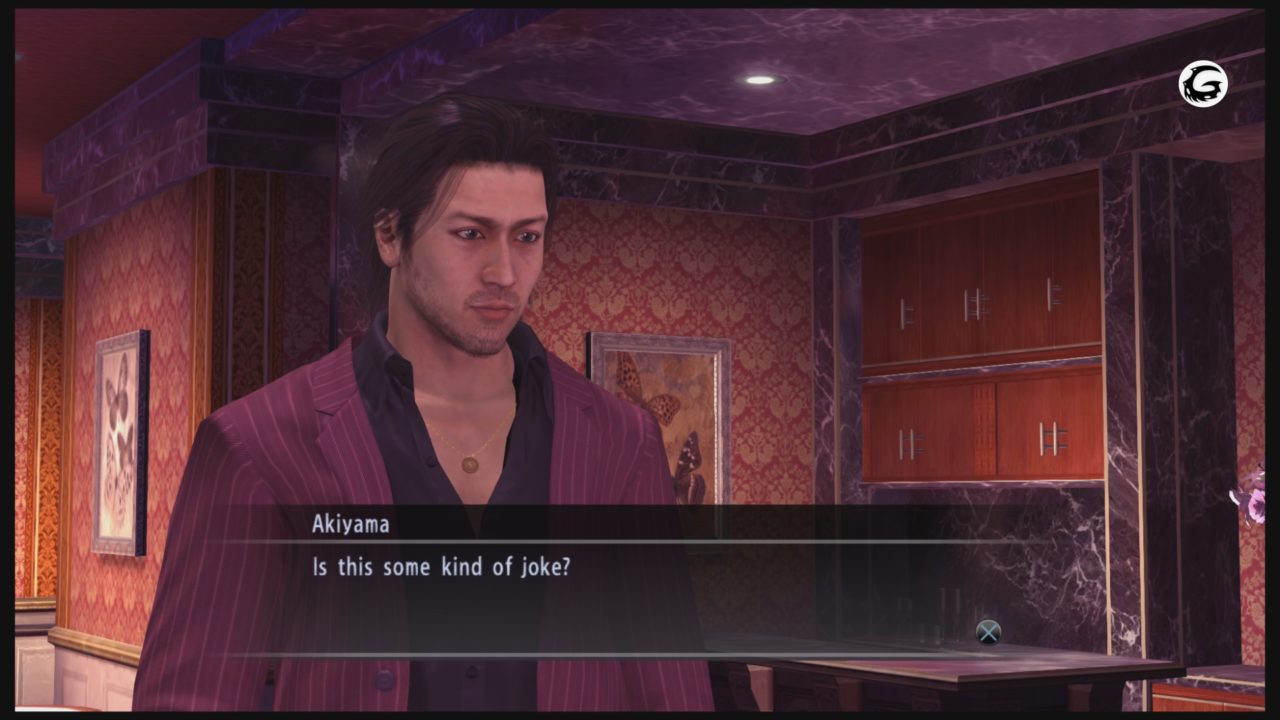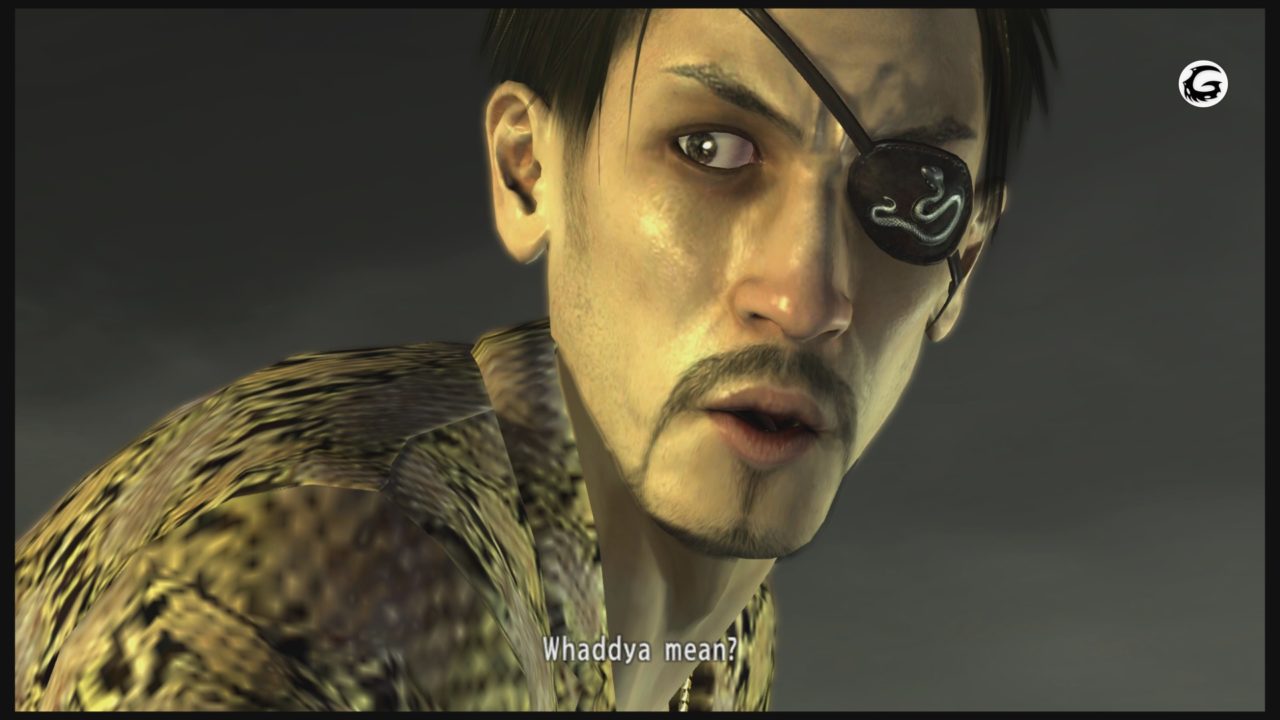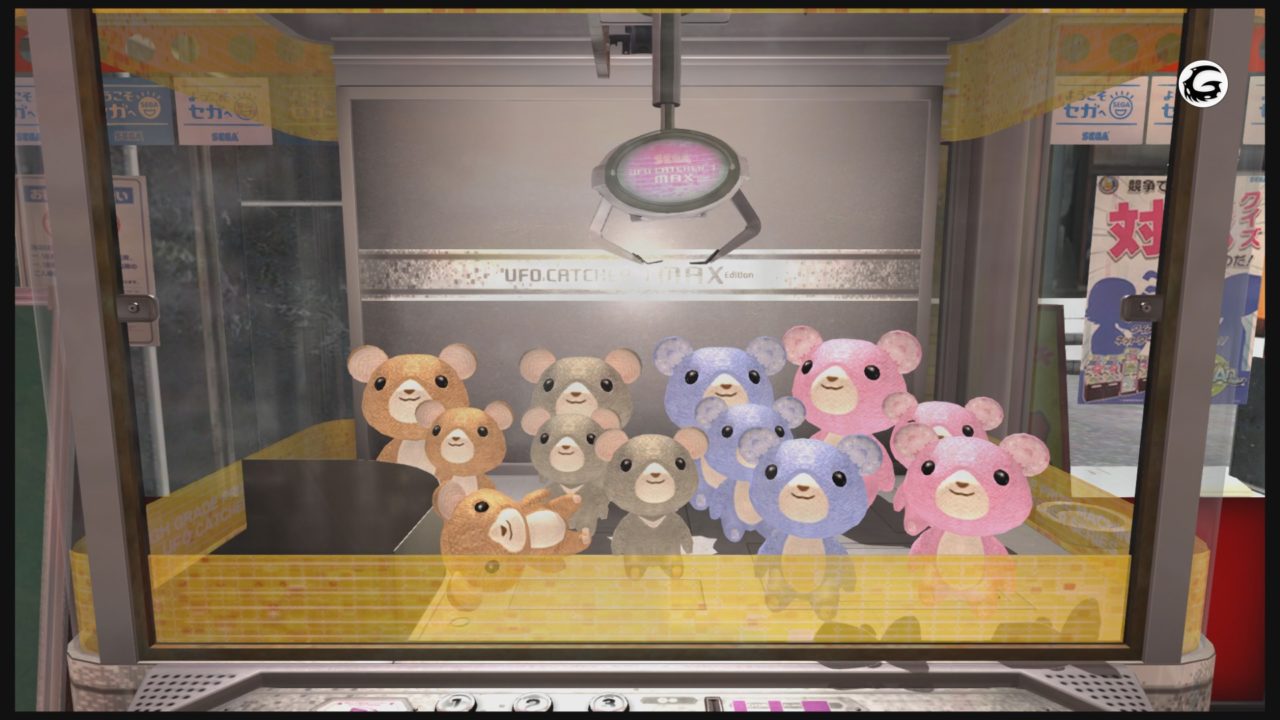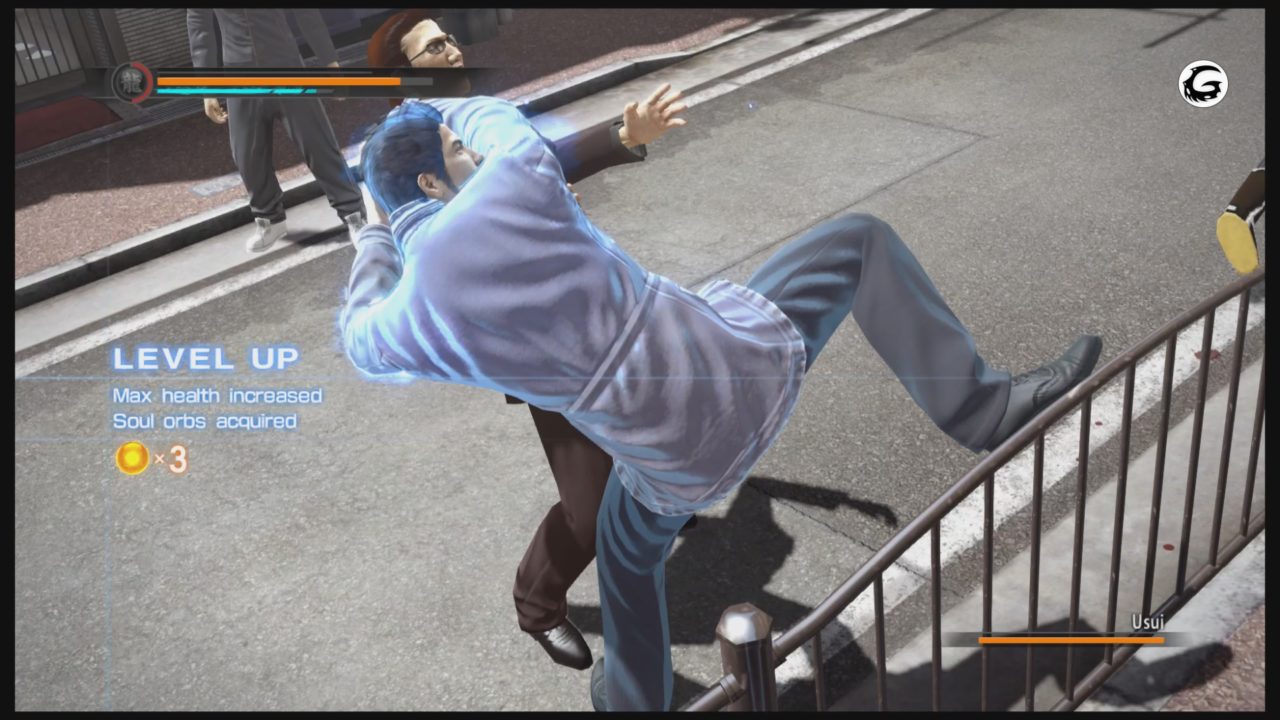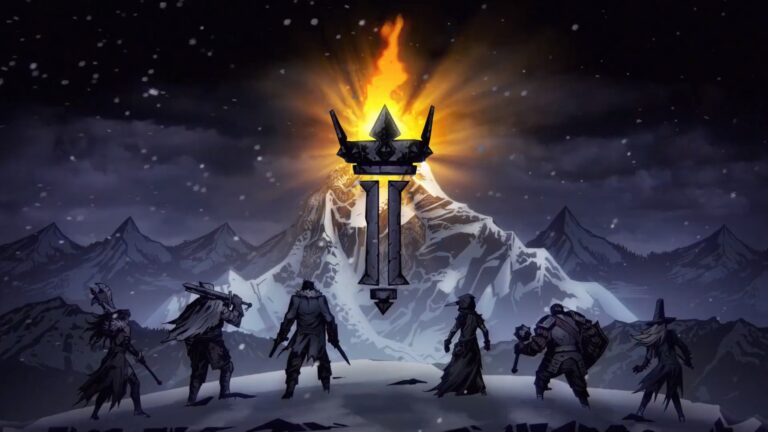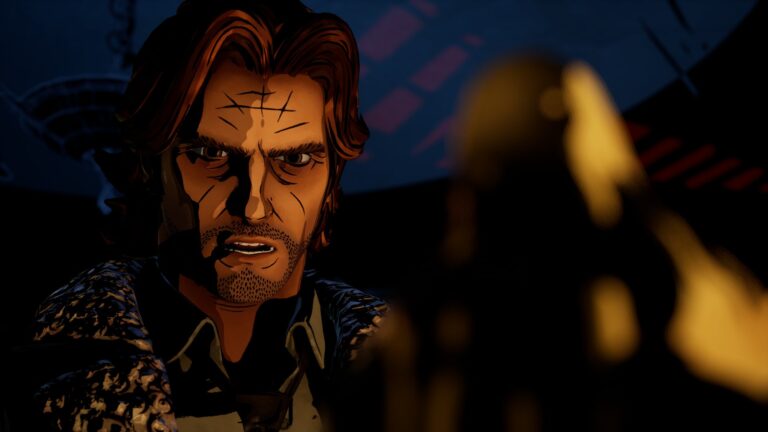PLATFORM: PlayStation 4
RELEASE DATE: February 11, 2020
DEVELOPER: Ryu Ga Gotoku Studios
PUBLISHER: Sega
MSRP: $59.00
ESRB: M
NOTE – A copy of this game was provided to Gaming Instincts by Sega for review.
The Yakuza series has been on the PlayStation since 2006 in America, with Japan getting the first releases one year earlier. Recently, Sega released the remasters of the first two games, called Kiwami, to revitalize the series with Kiwami 2 showing off the new Dragon Engine.
With the Kiwami games, Yakuza 0, and Yakuza 6: Song of Life being released only on the PS4 and PC, Yakuza 3, 4, and 5 were stuck on the PS3. To remedy this, Sega released the Yakuza Remastered Collection to bring Kiryu’s adventures onto the PS4 with enhanced graphics, framerate, and many more improvements that make these games stand the test of time.
An Engaging Story
The Yakuza series has the greatest writing in gaming storytelling. The collection takes it a step further by reviewing the original script and fixing any errors and mistranslations handled during the time of the previous releases.
Starting with Yakuza 3, Kazama Kiryu decides to retire from the Tojo Clan and open an orphanage in Okinawa after entrusting leadership of the Dojima family to an ally, Daigo. Unfortunately, after a few months, Kiryu finds himself back into the gang life after discovering that Daigo got shot during a deal that may seal the fate of his new orphanage.
Yakuza 3 has one of the slower starts of the three games, as before Kiryu must deal with the events in Kamurocho, players must deal with the antics of Morning Glory Orphanage in Okinawa. This means that Kiryu needs to handle matters in family sitcom style by talking to the kids and helping them take care of problems in a civil fashion.
The beginning of the game is slow compared to the real action met later. The Orphanage chapter fits well relative to the craziness Kiryu has to endure in Kamurocho, contrasting how Kiryu’s kids handle problems with how violent the Yakuza prefer to settle their differences through intense fights.
Yakuza 4 is a change of pace, as the story revolves around four different characters. Instead of just Kiryu, three more characters become playable. They include Akiyama, the kicking loan shark; Tanimura, the cop; and Saejima, the convict.
The player controls Akiyama first as he deals with a customer who got herself into trouble with the Ueno Siwa Clan and must figure out how to get her out of this mess. The story between the four characters is as riveting as it was in the previous games, as players get to sympathize with the main characters’ agendas. It does take five hours between all of the characters before players get a chance to freely switch between them. When they finally get the opportunity, however, the game picks up speed.
Yakuza 5 continues Kiryu’s adventures, as he’s trying to live a quiet life of a Taxi driver in Nagasugai. However, when the head of the Dojima clan goes missing, Kiryu must go back into action to live his peaceful life with the help of Akiyama, Saejima, and a new character: Shinada.
Substories can be found by walking toward question marks on the map and will introduce players with a short but wacky storyline, which can vary between participating in wrestling to impress Kiryu’s kids, fishing, and finding rare treasure. These stories may become cumbersome for completionists or those who wish to only see the main plot, but Ryu Ga Gotoku Studios finds a way to tug at a player’s heartstrings through the writing.
Gorgeous Facelift
Since the collection remastered games that were released on the PlayStation 3, the visual changes made to the remasters improved the games significantly. The games’ graphics, resolution, and framerate have all been enhanced from the PS3 editions. The games now run in 1080p at 60 FPS instead of the downscaled 720p at 30 FPS.
These enhancements do the games justice, as combat, cutscenes, and the overall free roaming in the cities appear smooth. If players didn’t know better, they would think these games came out in 2019. There are bits of blurry textures in some areas, and blood can look odd during some fights, but the faces and overall sharpness of the environment overshadow those downsides. Additionally, in Yakuza 5, some fight initiations can greet players with a small bit of frame loss, but it doesn’t detract from the whole experience.
Terrific Combat
The three games follow the same formula that has served the entire series. Players get to watch the story, roam around wherever they want, get distracted by substories, minigames, or fights, then move on to the main plot.
Between running from point A to point B, players can run into a variety of missions, such as substories and other miscellaneous minigames. These games include fishing, playing the claw game at the arcade, and even some batting practice. These minigames are so well-polished that the series could easily turn into a minigame spinoff.
The fighting is the mainstay of the series. As the player goes through the collection, they can see the incremental evolution of the combat. In Yakuza 3, there’s only Kiryu and his single fighting style.
Yakuza 4 introduces three new characters with different ways to play. The combat carries over some of the same Heat moves from Yakuza 3, but it plays the same overall, with some small tweaks to the levelling system where players use orbs to freely level up individual skills rather than gaining only one skill per level-up
Yakuza 5 is one of the more polished games of the series while still recycling animations from the past. Players will see the same type of Heat moves from the previous games, but the controls are more refined and have a better impact when getting into fights.
Instead of being stopped on the street and being forced to read what a gang member has to say before a fight, most enemies dynamically initiate the encounter without any loading. There is a bit of lag when this happens on the PS4, but it is the start before the developers started using the Dragon Engine that Yakuza 6: The Song of Life uses.
Kiryu can now activate his Dragon Spirit form with enough Heat, which can be used to take down multiple enemies or do powerful Heat Actions. This is a welcome feature, as players would just build up their Heat and deplete it in a single Heat Action in the previous games.
Fitting Music
The music in the Yakuza games are full of energy, often working as fight themes against random goons and memorable boss battles. Yakuza 3 has a variety of themes which differ from battle to battle. In Yakuza 4 and 5, the music is relegated to the player-character themes, meaning Kiryu has a different soundtrack than when Akiyama fights. Players may feel fights can get repetitive, as the songs in Yakuza 4 and 5 are the same outside of story missions, but the soundtrack is amazing overall.
Like a Dragon
The Yakuza series is full of enjoyable storytelling, side missions, minigames, and intense combat. Fans of the series should feel better knowing that the collection is remastered to better fit its brutal combat and thrilling story in 2020. The games have aged well considering they came out in the PS3 era, and the combat works as well as it does in Yakuza 0. While the games don’t use any enhancements that the Yakuza Kiwami games have with the Dragon Engine, they still are a blast.
For more news about the Yakuza series, check out here.
Stay tuned at Gaming Instincts via Twitter, YouTube and Facebook for more gaming news.
No related posts.



